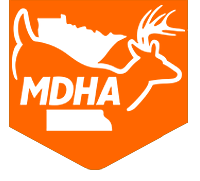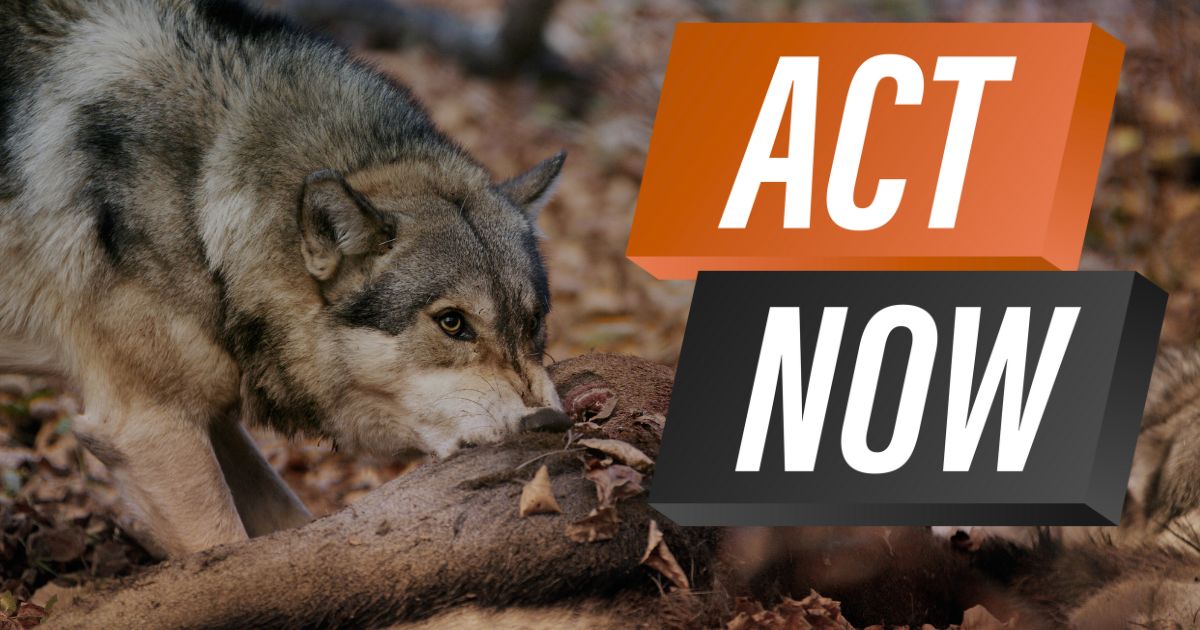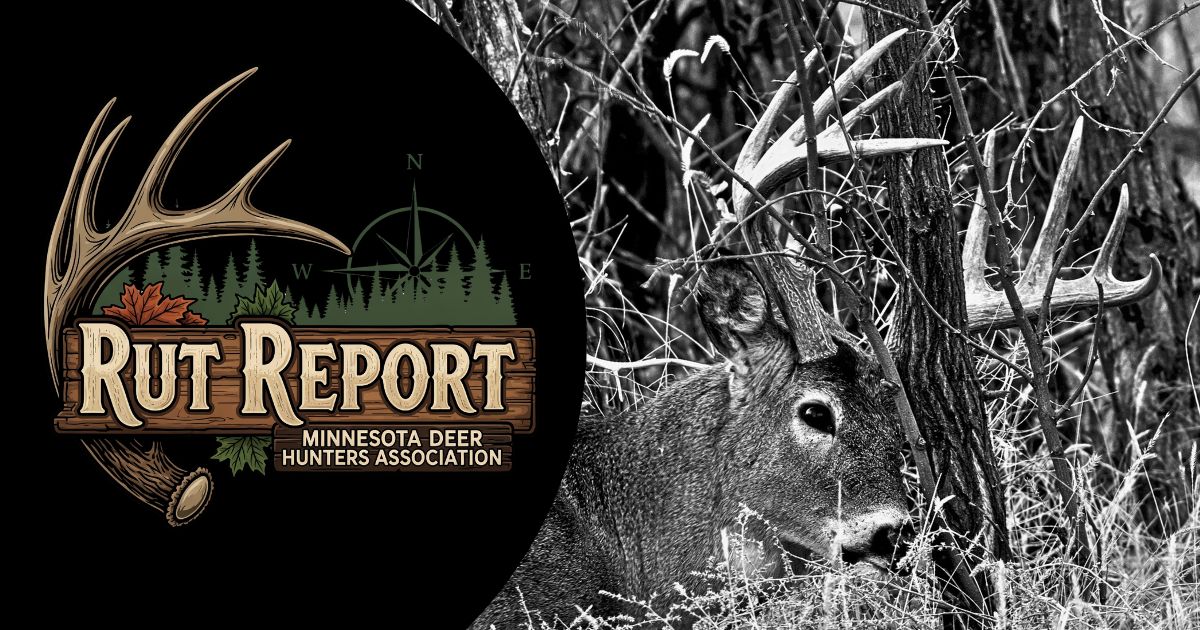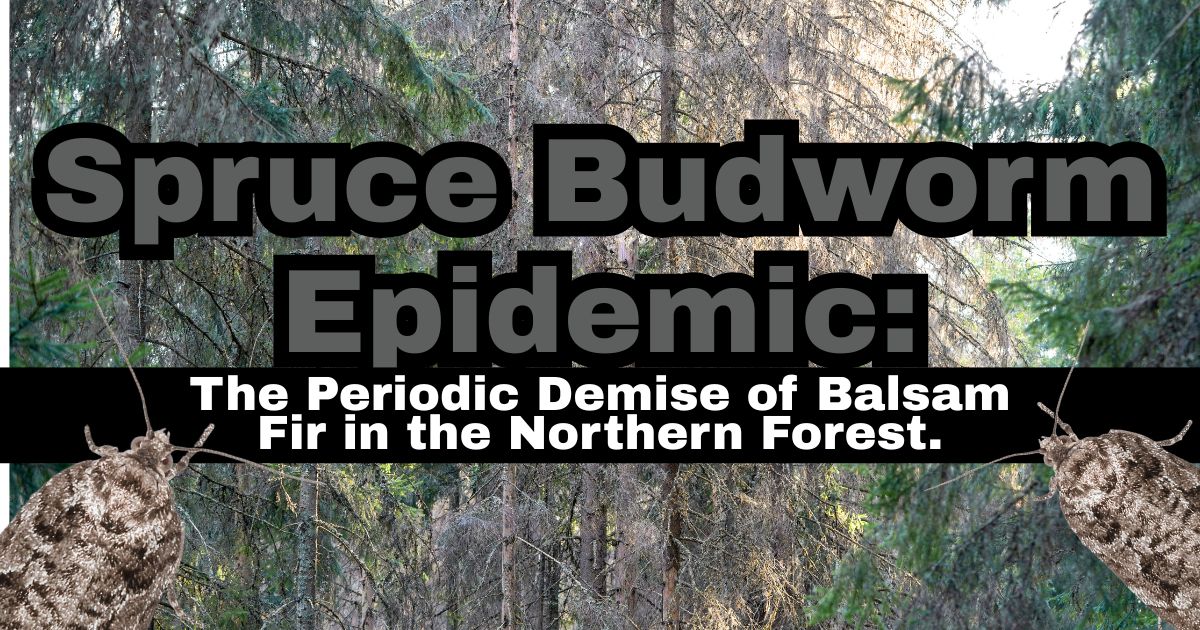
- Tom Rusch
- From Whitetales
- Hits: 2409
Spruce Budworm Epidemic: The Periodic Demise of Balsam Fir in the Northern Forest
- Tom Rusch
- From Whitetales
- Hits: 2409
In Spring of 2025, massive wildfires threatened lives, rural communities, recreational property and forests in St Louis and Lake Counties in Northeast Minnesota. These catastrophic wildfires were fueled by a perfect combination of drought, unseasonably high temperatures (high 80s), low humidity (less than 20%) and extreme winds (25-40 mph) when the forest was just starting to green up over the opening weekend of the Minnesota fishing season.
Together, the Jenkins Creek, Camp House and Munger-Shaw fires devastated more than 30,000 acres, 150 homes, cabins and structures and resulted in massive evacuations and property damage in the millions. It was one of the most damaging fire season in Minnesota history. Vast stands of dead and dying Balsam fir were a key component to extraordinary fire behavior as the flame lengths and dangerous spread rates stymied both air and ground firefighters with the highly volatile conditions.
Firefighters were unable to contain fire growth until conditions moderated 4-5 days after the fires started. In the end, 50 square miles were burned over in an area nearly the size of Duluth which spans almost 20 miles north and south. Unfortunately, these landscape-level wildfires occur every 10-20 years but are now occurring at higher frequencies with changes in our weather, climate and the Spruce Budworm Epidemic.
The largest fires in Minnesota in the last century: Pagami Creek (2011 93,000 acres), Ham Lake (2007 76,000 acres), Cavitity Lake (2006 32,000 acres), Greenwood (2021 27,000 acres) and now Jenkins Creek (16,000) and Camp House (12,000) have all occurred since 2006! Statistically, that is no coincidence. Climate change is increasing the frequency and severity of forest fires around the world. We are in uncharted territory.
History of Outbreaks
What’s with all the dead and dying balsam fir and blowdown in Northeast Minnesota? Historically, spruce budworm defoliation has reoccurred in a cyclic pattern across the Great Lakes region. Large outbreaks occur every 25-40 years in Minnesota. The current epidemic is the largest since 1961 with 1,330,000 acres devastated since 2021. 712,000 acres were lost in 2024 alone preceded by 665,000 acres in 2023.
The current epidemic covers a vast area from Duluth to International Falls to Grand Marais. Ninety percent of the damaged is in northern St Louis, Lake and Cook Counties in the Arrowhead region. The Spruce budworm (SBW) is a native forest caterpillar. It is only an inch long but wreaks havoc by mainly feeding on the new growth of needles of balsam fir and spruce leading to defoliation and in severe cases, extensive mortality of both individual and “stands” of these ubiquitous conifer trees.
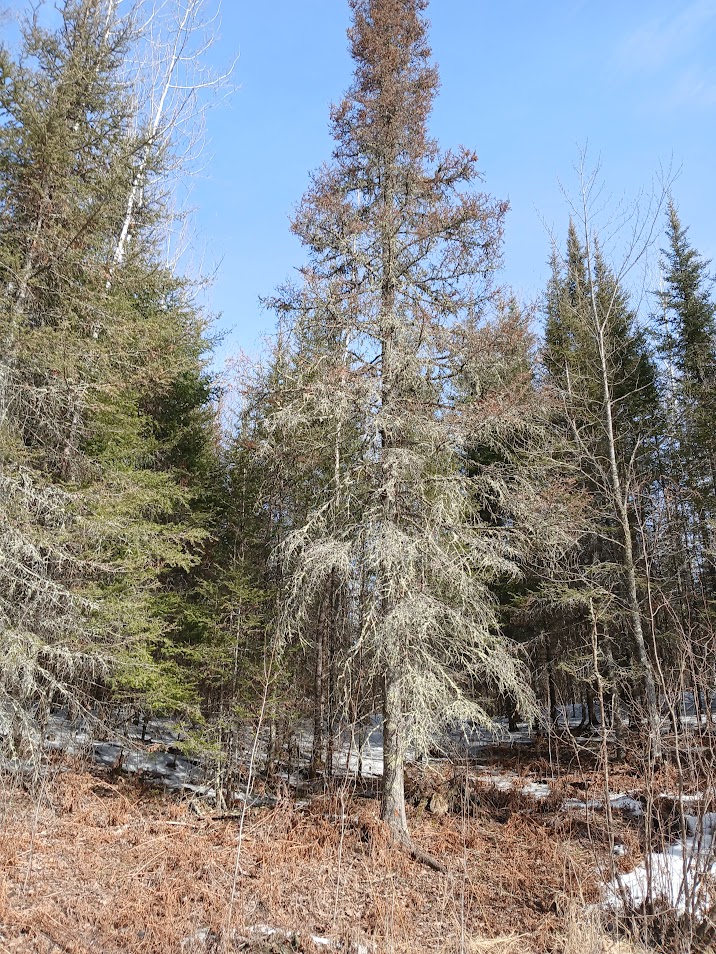
So, why should deer hunters care??
White-tailed deer have evolved with SBW outbreaks and fire for thousands of years. These cycles actually provide important habitat for Northern Forest deer herds and other wildlife. In most years, SBW damage is not large-scale. It occurs year after year somewhere on the landscape.
As a short-lived species (20-50 years), balsam fir stands grows up and continually break apart over time, whether in the canopy or understory. This cycle creates “canopy holes” which provide both food and quality cover over time. With increased sunlight, raspberry and blueberry and other highly nutritious plants that deer favor invade these canopy gaps. Northern forest deer depend on these for food, especially in the dead of winter when food is drastically limited by deep snow and poor mobility. Food within reach in high quality cover is a life-saver.
Eventually, nature fills the void. Trees shade out and replace shade-intolerant plants. Deer food declines. Deer shift with these changes. Every windy day can change the forest as new trees fall and the cycle repeats itself again and again. Sunlight now reaches the forest floor and the regrowth gets established and fills the void.
SBW outbreaks are influenced by a combination of environmental factors and the abundance of balsam fir and white spruce on the landscape, which most people lump together as “pines”. Both species are very common in boreal forests of northeast and north-central Minnesota. Outbreaks typically begin in the more dense stands of fir, get established, reproduce and then spread to new areas. Even though the culprit is called SBW, Balsam Fir is most susceptible, followed by white spruce and then black spruce, but it is called the “spruce” budworm.
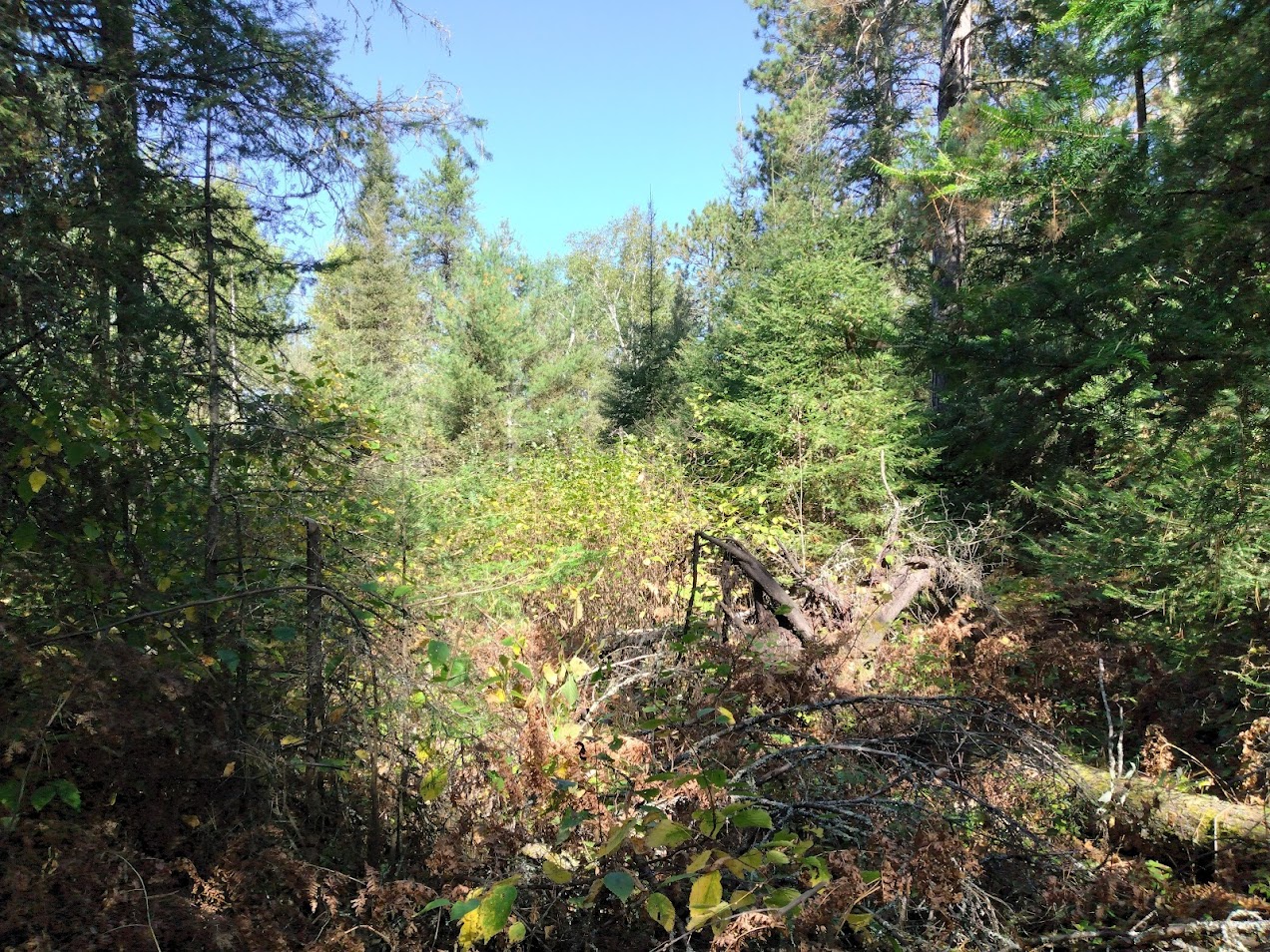
Historically, SBW haws been documented by foresters for over a century with local outbreaks recorded annually since at least 1954 and large outbreaks decimating hundreds of thousands of acres every 30-40 years.
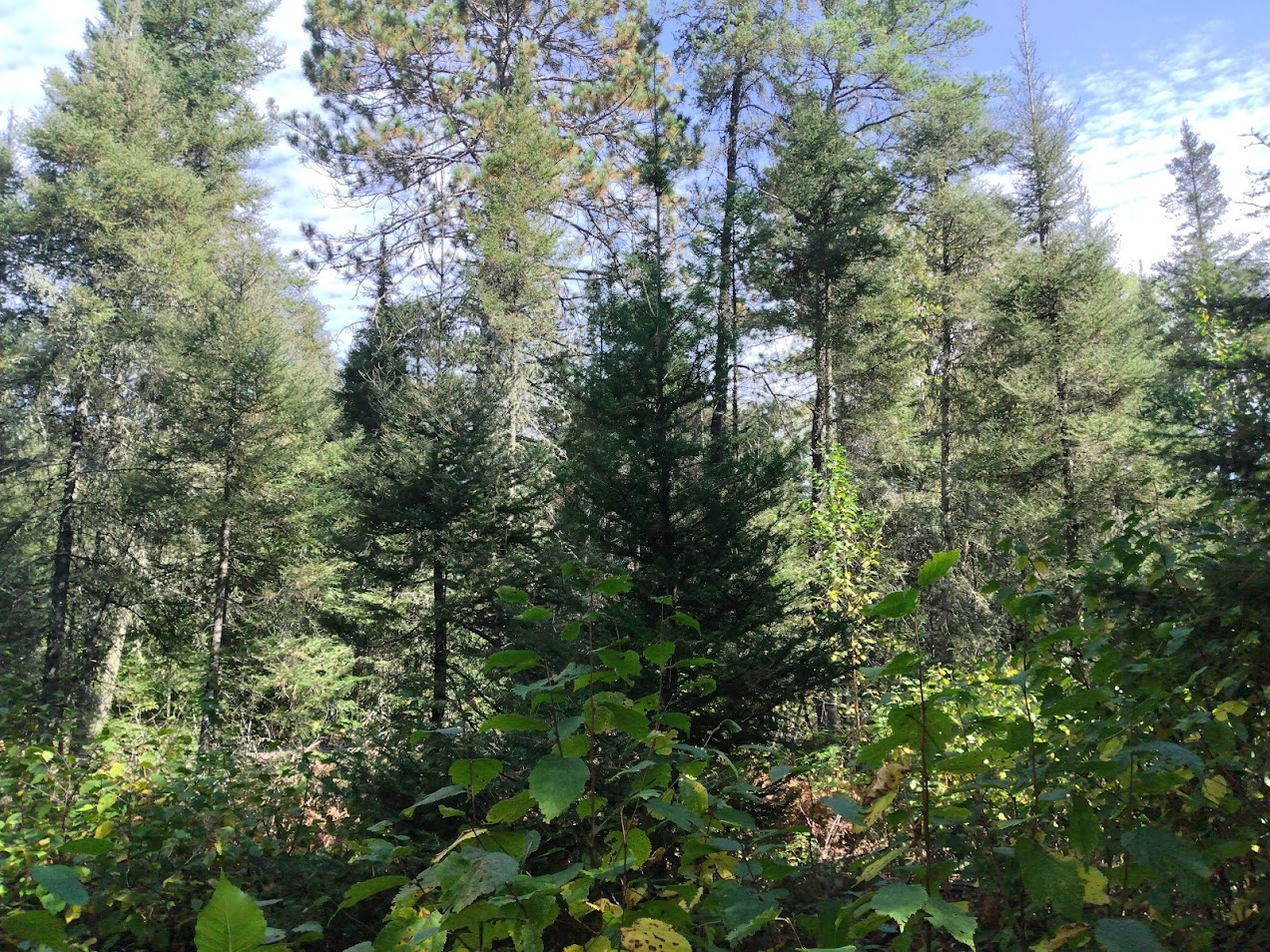
Forest Management: Can’t we just annihilate the little buggers?
Like the “Army Worm battle”, the battle against SBW infestation will simply never be won. The economic reality is SBW-damaged stands of timber lose economic value very quickly. The damage occurs quite rapidly after two consecutive years of defoliation results in heavy mortality. Stands can go from lush green to dead and/or dying in 2 or 3 years. The inch-long caterpillars literally eat the new growing needles, stunting new growth. Trees subsequently become stressed, vulnerable and die.
Balsam stands “lose volume” each consecutive year following infestation which makes it more difficult to sell as commercial timber to be harvested. The wood becomes soft, rotten and punky and in a matter of a few years no longer viable, economically. Many thousands of P. 3 acres just die, fall down or wind-throw. Other species generally are not affected. Those trees survive while BF and white spruce die. Spraying insecticide is not a viable, large-scale solution. The logistics are cost-prohibitive and landowners are left with the decimation.
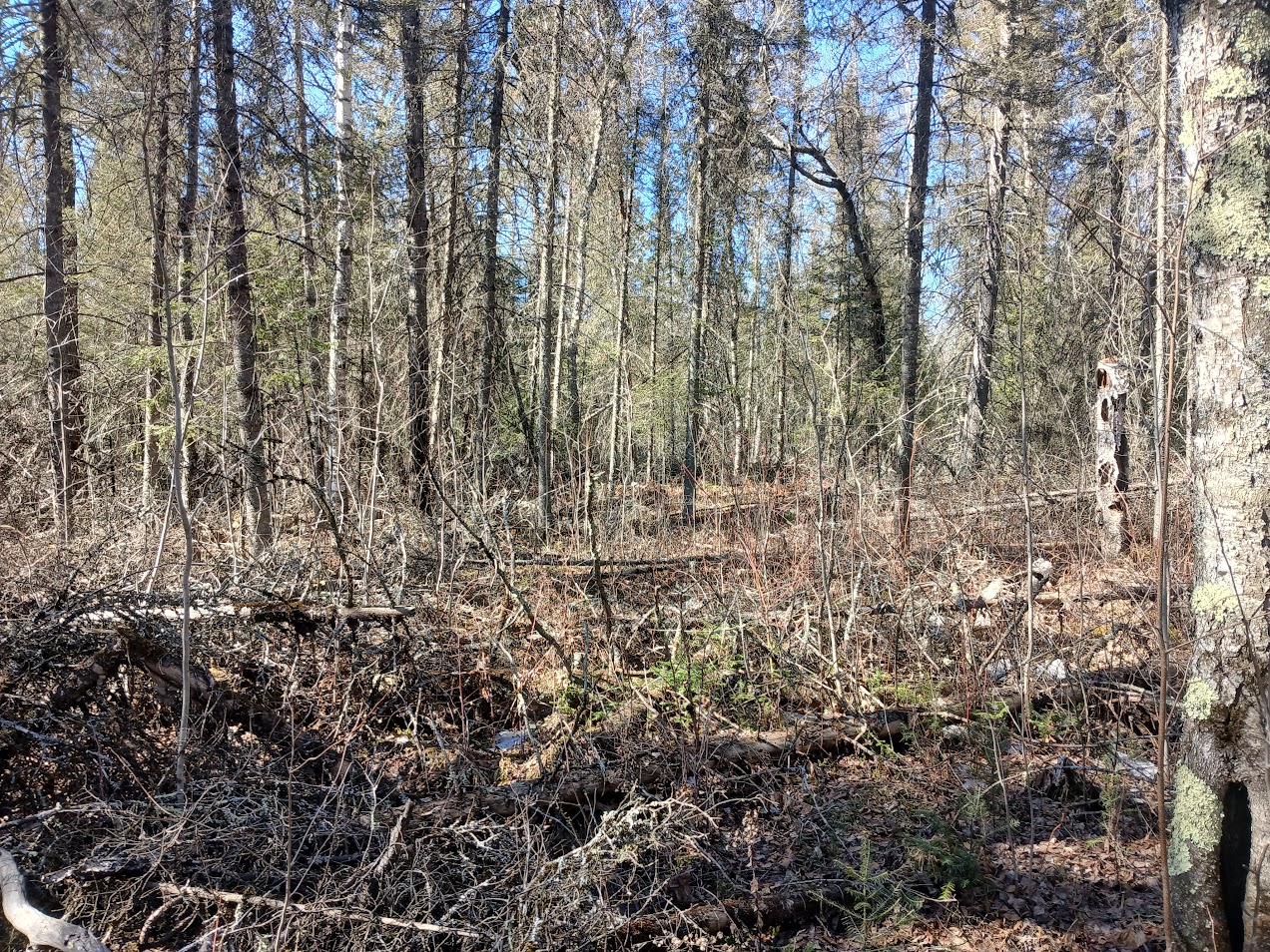
Ecologically, the changes are just another life cycle in nature. SBW and fire are part of this natural cycle. Trees sprout, grow and then die. In the big picture, dead and dying BF become fuel. Fuel beget forest fires as we again saw up close in 2025. These fires vary in intensity but ultimately clean up the understory, reducing fire danger, and preparing the land for the next generation of trees, typically longer-lived species like Red, White and Jack pine, white and black spruce, Paper birch Aspen and other hardwoods. Life goes on in the forest.
These landscape-level wildfires historically occurred every 10-20 years but are now occurring at higher frequencies with changes in our weather and climate. Nature eventually fills the void. Song birds and insects prey on SBW but do not keep it in check. There is no stopping it on a large scale. On a smaller scale, private landowners can harvest timber on shorter rotations or do “Timber Stand Improvement” (TSI) to remove balsam and spruce from the understory ahead of defoliation. TSI is the best strategy for fire prevention as young balsam fir has no market value so there is no economic return.
Savvy hunters take note. These new food sources attract whitetails just as clearcuts, blowdown areas and regenerating forest after fires do. Young, succulent early successional growth is highly nutritious and the deer find it immediately. The mobile hunter takes advantage of change, too. A mature forest with no understory has no food. Hunt areas with wind-throw and blowdown. These areas, although harder to walk in and see through, provide both food and escape cover during deer season when hunting pressure drives them to thicker cover. Balsam fir jungles are magnets for bucks, too. They know where every jungle is and they use them extensively. If you are avoiding these jack-strawed tangles, you are avoiding the deer, too.
Habitat Management: Creating Deer Magnets and Travel Cooridors
Heads up! Shooting lanes and access roads, trails and paths will require extra chainsaw work this Fall. Start with a recon trip in September and/or October. Bring saws and equipment to move deadfalls because you will need them. Nothing is worse than a big windfall across your access road or shooting lane on opening morning. With the SBW epidemic going full tilt there is always more coming down so keep a chainsaw or bow saw and chain handy on your ATVs and in your vehicles. Unfortunately, the blowdown is continuous for us, too.
You can actually dictate where deer are going to travel (and not travel) with a chainsaw. Once the leaves fall, selectively clear deer trails, that have been “blocked” by wind-throw, that benefit travel around your deer stand. Deer immediately begin using the easiest path of travel. So, clear the trails that benefit you and leave or purposely block trails with slash that do not.
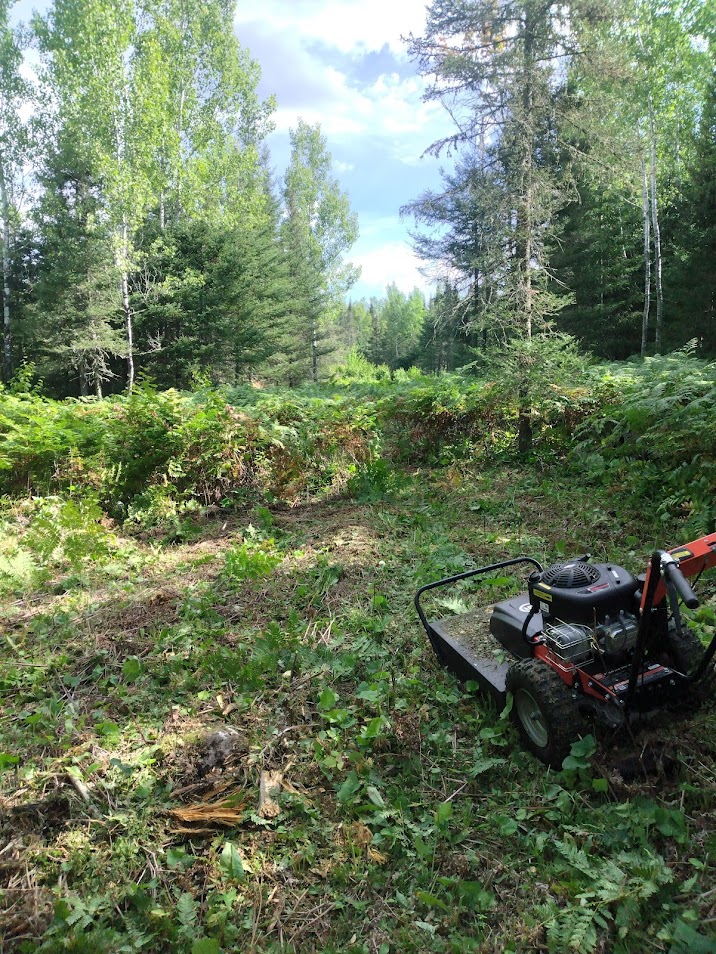
Habitat Management
BF can be felled for habitat purposes, too. Creating new browse should be an on-going process if you want deer to spend time on your property. You can set back the clock by removing balsam regrowth in pockets in favor of deer browse like maple, cherries, hazel and dogwood. No planting required. These shrubs will sprout naturally with good sunlight. Knocking back the aspen a bit can allow these browse species to take hold and compete. It does not have to be done with commercial logging. The chainsaw can be the northern forest whitetails’ best friend. If you create it…they will come. No planting is required. The new growth will just come naturally. It’s also very satisfying to see the results (deer use) of your hard work in years to come.
The Swedish Brush axe or “Sandvich” is the whitetails’ second best friend but most hunters and landowners have never heard of it or used one. It is an amazing tool for trail maintenance, TSI and browse regeneration. It’s a lot easier to carry around than a chainsaw , too. This tool is perfect for limbing, topping or removing young balsam fir in 1 or 2 swings. All for the price of a good axe but 100 times more useful in the whitetail woods.
Onward
With the epic decimation of over 1.3 million acres of spruce-fir forest in northeast Minnesota over the last 5 years, deer managers must ponder the long-term impact on the loss of winter cover for our northern forest deer population. Minnesota DNR estimates 1.33 million acres have been impacted since 2021. 712,000 acres were impacted in 2024 alone.
White Cedar, White Pine and White Spruce are the highest quality conifer types for winter cover in northern Minnesota but Balsam Fir is arguably the most important species, attributable to its abundance and distribution throughout Northern Minnesota. It grows fast. It’s easy to establish and it provides high quality cover and snow trapping ability from a fairly young age. It grows in pure and mixed stands and deer only eat it when starving.
Unfortunately, foresters generally despise it as a weed tree with marginal economic value and fiber quality that utilizes space and resources higher value trees could occupy and utilize. Forest management decisions will need to be made. Battles will be fought. Changes will come. Hopefully they produce “BUCKS” of both kinds.
About the Author:
Tom Rusch and his wife Deb live in rural Eveleth in northern St Louis County. He has been an avid public land deer, grouse and turkey hunter for 50 years. He enjoys the challenge of chasing and scouting northern forest deer year around with bow, rifle and muzzleloader.
